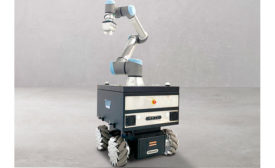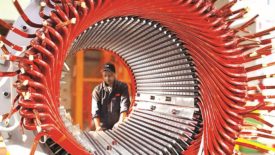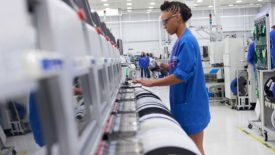The Editorial
Commentary on issues and events of interest to manufacturers.
ARTICLES
The UAW's success last fall has other unions looking for similar results.
Read More
Never miss the latest news and trends driving the manufacturing industry
Stay in the know on the latest assembly trends.
JOIN TODAY!Copyright ©2024. All Rights Reserved BNP Media.
Design, CMS, Hosting & Web Development :: ePublishing










